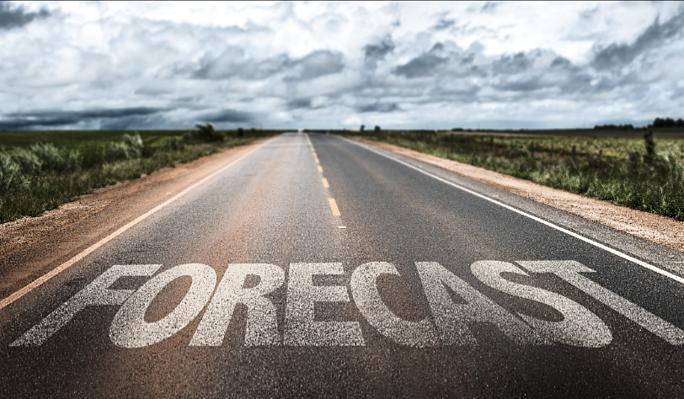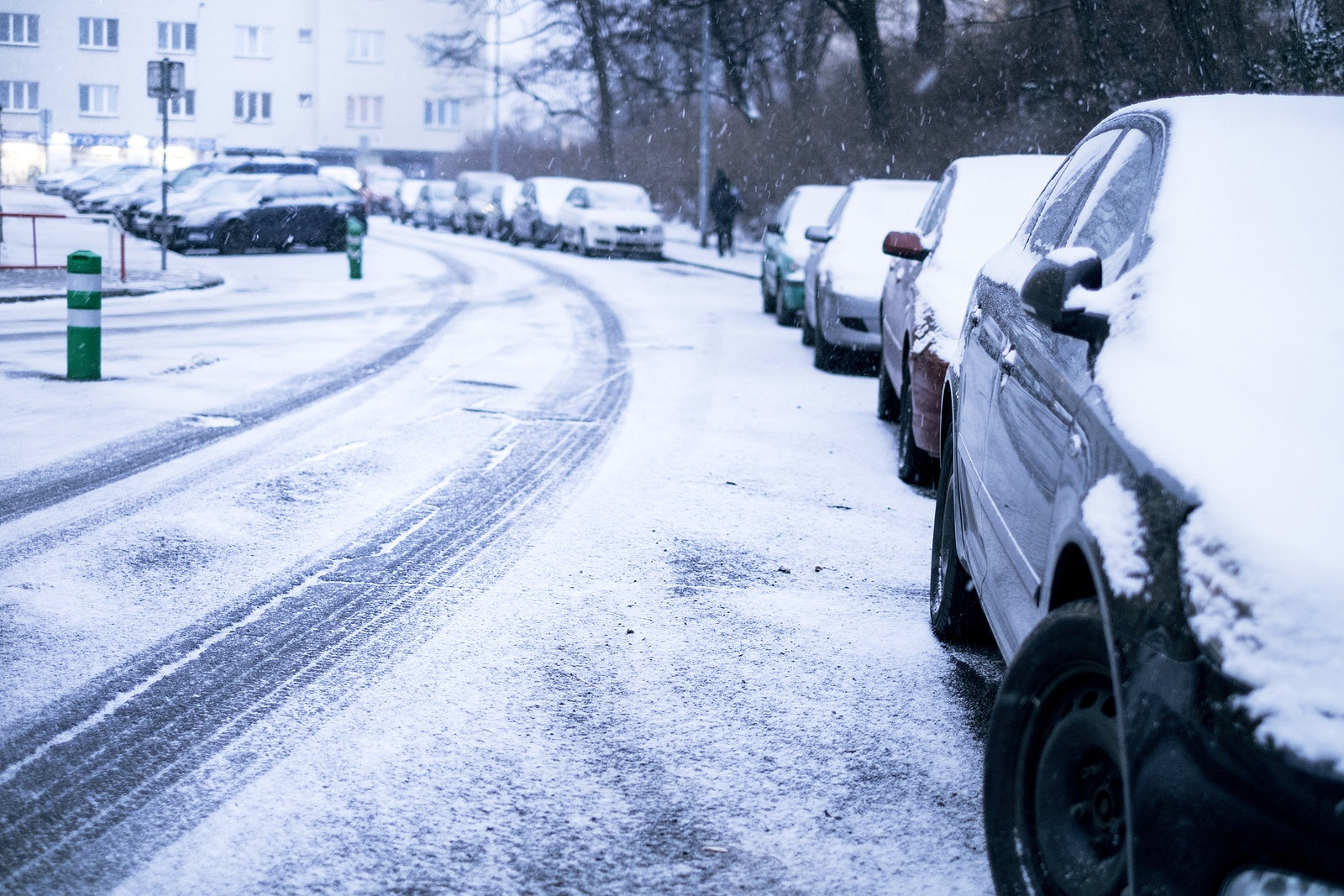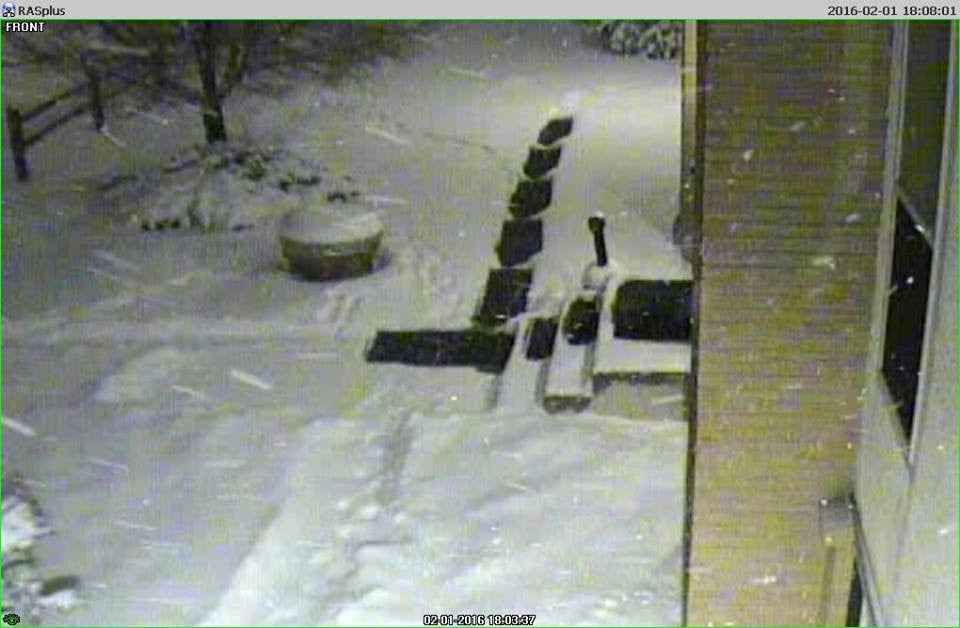
Every year, The Farmers' Almanac issues its official snow forecast, which is a helpful guide not only to those in the agricultural industry, but also to those who manage commercial and industrial facilities. According to them, the outlook for the winter of 2015-2016 is slated to basically be a repeat performance of the severe weather that hit last winter. Temperatures will be unusually cold across the northeast, the midwest, and even in the south, and New England will be particularly frigid. Another winter forecaster, Winter Outlook, which has been issuing such predictions for the past seven years, is calling for excessive amounts of snow due to a "Super El Niño" effect.
Now, many meteorologists are skeptical of The Farmer’s Almanac and similar predictors, which is why we compiled our own breakdown of what to expect this coming winter.
But the truth is that no matter how exact the forecast, there is always good reason for facility managers to bolster up their winter supplies and carefully examine every aspect of their snow and ice removal plan before winter. After all, no one predicted just how heavy the snowfall would be in Boston last year.
Here are five likely impacts of the potentially severe and harsh winter season, and how you can handle those impacts to keep your facility safe and accessible.
1. Greater Snow and Ice Removal Costs
More snow than normal is slated to fall this winter, and that means labor costs and additional supply purchases. It is best to stock up early on rock salt or other melting agents, despite the large upfront cost, however, since the price will skyrocket if the long winter drains away salt reserves and causes widespread shortages. You may need to invest in more expensive deicers, like calcium chloride, as well, since the lower temperatures this winter could render rock salt ineffective. Know what could affect your snow removal costs, and you can make sure that all factors are addressed.
2. Anti-icing Sidewalks Will Be Crucial
When storms are frequent and temperatures exceptionally low, you simply must speed up post-storm recovery times as much as possible. Otherwise, you will lose far too many days and hours due to a snowed-in facility. Applying liquid deicers just prior to a storm will prevent snow from clinging to the sidewalks and melt much of it on contact. Later, when you go to remove it, it will come up much easier and be less prone to black ice formation.
3. Slip-and-Fall Accidents will Be a Major Threat
Outside, cold rains and snow melt-off will constantly threaten to freeze on your walking paths and entry areas. Inside the door, snow will melt off of shoes and boots and create slippery puddles. Deicer and water may also get tracked through other parts of the building and damage carpet or hardwood flooring. Placing a snow-melting mat just outside the main entry door and a highly absorbent rug just inside will do much to counteract these tendencies.
4. You Will Need to Closely Monitor Your Roof
A pre-winter assessment of your roof's condition and load-bearing capacity should be done, and you should then measure the depth of snow it is carrying both periodically and following major snowfalls. You should also clean out your gutters/downspouts pre-season, remove excessive snow from the eaves using a long-armed hook rake, and have handy the phone number of a professional ice dam remover.
5. Emergency Preparedness Will Be Essential
The chances of experiencing a winter emergency are much greater in a year that is colder and snowier than the norm. You will need an organized evacuation route and outdoor assembly zone, a stockpile of emergency food, water, and medical supplies, and a reliable power back-up system. To save your data, an uninterruptible power supply system is also crucial.
Don’t wait until an unexpected snowstorm costs your facility a lot of work and money to clean up. With such increasingly intense winters, it’s important that your facility’s winter-preparedness plan is just as severe.


